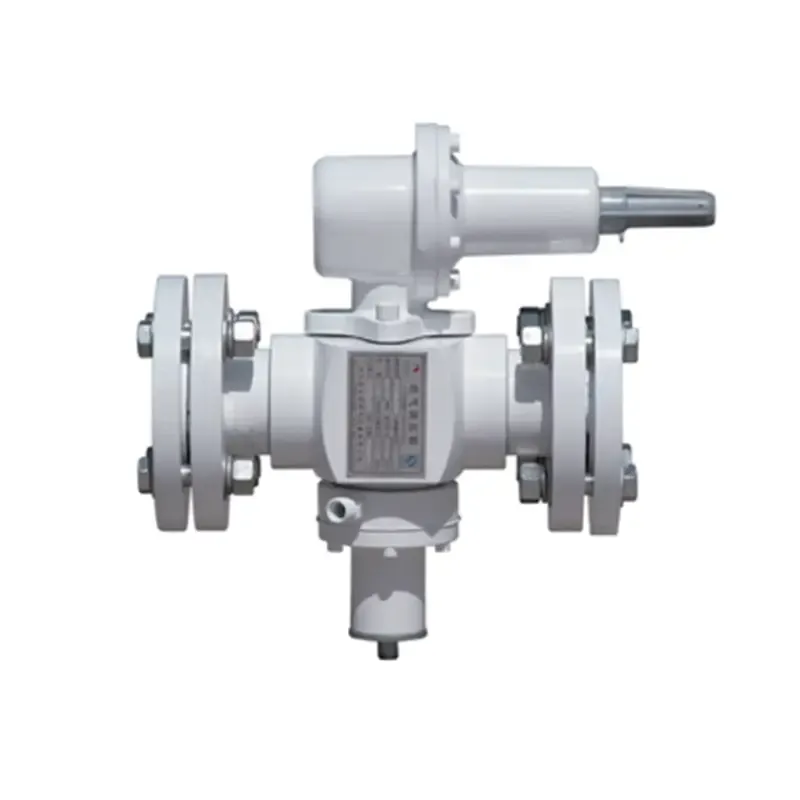
Sep . 26, 2024 00:23
Back to list
decompression skid
Understanding Decompression Skids An Essential Tool in the Oil and Gas Industry
In the realm of oil and gas operations, safety and efficiency are paramount. One crucial component that plays a significant role in ensuring both of these factors is the decompression skid. As the name suggests, a decompression skid is designed to manage the pressure of hydrocarbons during various stages of extraction and processing. This article explores the importance of decompression skids, their design and functionalities, and their impact on the oil and gas industry.
What is a Decompression Skid?
A decompression skid is a modular system that includes several integrated components engineered to safely reduce the pressure of gaseous materials extracted from oil wells or natural gas fields. It typically consists of a series of valves, pipes, and control systems that work together to facilitate the controlled release of pressure. This is necessary because raw hydrocarbons extracted from underground reservoirs can be under extremely high pressure, posing a risk to equipment and personnel if not properly managed.
Importance of Decompression Skids
1. Safety Primarily, decompression skids are vital for ensuring operational safety. By controlling the pressure of hydrocarbons, they minimize the risk of blowouts or explosions, which can have catastrophic consequences in oil and gas operations.
2. Environmental Protection The oil and gas industry faces significant scrutiny regarding environmental impact. A well-functioning decompression skid can help prevent leaks and spills during processing, thereby protecting the surrounding environment from potential contamination.
3. Equipment Longevity High-pressure hydrocarbons can damage equipment if not handled correctly. Decompression skids help maintain optimal pressure levels, thus prolonging the life of pumps, compressors, and other machinery involved in the extraction and processing of oil and gas.
4. Regulatory Compliance The oil and gas sector is governed by strict safety standards and regulations. Decompression skids play a crucial role in ensuring compliance with these regulations, which not only mitigates legal risks but also promotes ethical operational practices.
decompression skid

Design and Functionality
Decompression skids are highly engineered systems, usually fabricated from durable materials such as carbon or stainless steel, capable of withstanding corrosive environments. Their design can vary based on the specific needs of an operation, but generally, they include the following components
- Pressure Regulation Valves These allow operators to control the pressure of the gas being processed, ensuring it remains within safe limits.
- Flow Metering Systems To monitor the volume and rate of gas flow, ensuring that operations are running efficiently and within specified parameters.
- Safety Features Includes safety valves, rupture discs, and emergency shutdown systems that activate in the case of pressure anomalies, providing an extra layer of protection for both personnel and equipment.
- Control Systems Advanced control systems often incorporate automation, allowing for real-time monitoring and adjustment of pressure levels without manual intervention.
Conclusion
In conclusion, decompression skids are indispensable assets within the oil and gas industry. They enhance safety, ensure environmental protection, prolong equipment durability, and facilitate regulatory compliance. As technology continues to evolve, we can expect improvements in the design and functionality of decompression skids, contributing to more efficient and safer operations. The importance of these systems cannot be overstated, as they play a critical role in harnessing energy resources while safeguarding both people and the planet.
Latest news
-
Safety Valve Spring-Loaded Design Overpressure ProtectionNewsJul.25,2025
-
Precision Voltage Regulator AC5 Accuracy Grade PerformanceNewsJul.25,2025
-
Natural Gas Pressure Regulating Skid Industrial Pipeline ApplicationsNewsJul.25,2025
-
Natural Gas Filter Stainless Steel Mesh Element DesignNewsJul.25,2025
-
Gas Pressure Regulator Valve Direct-Acting Spring-Loaded DesignNewsJul.25,2025
-
Decompression Equipment Multi-Stage Heat Exchange System DesignNewsJul.25,2025

